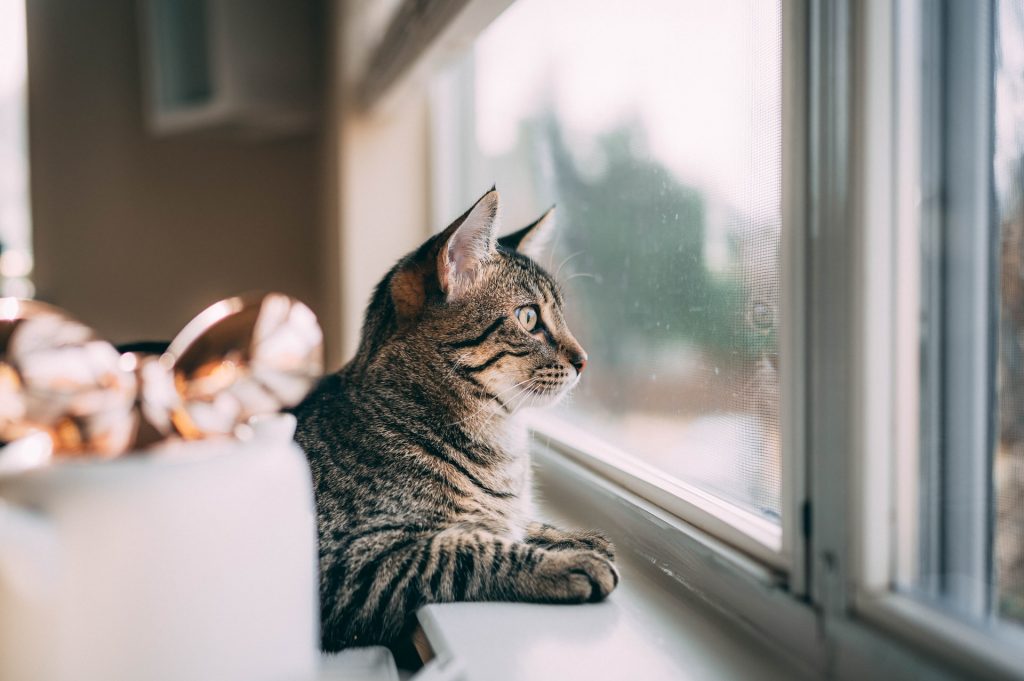 - minute read
- minute read

If you’re currently looking for a new, pet-friendly rental home then we have some good news for you – finding pets-allowed rented properties is far easier than it used to be. With half of the adult British population owning a pet and figures showing that those in their mid-30s to mid-40s are three times more likely to rent than 20 years ago, the market for pet-friendly homes keeps getting bigger.
This, combined with new rules that prevent landlords from issuing blanket bans on pets means that although still more difficult, this type of rented accommodation is becoming more accessible. Tenants with pets can even possess unique advantages to landlords, including longer tenancies, due to replacement accommodation being more difficult to find.
In this article, we’ve covered everything you need to know about pet-friendly accommodation in the UK, including rules, regulations and how to find pet-friendly rental properties.
Landlords will cite plenty of reasons as to why they aren’t willing to allow tenants to bring pets into their property – especially free-roaming pets like dogs and cats. Some of the issues that could occur include damage to flooring, furniture and wiring. Constant barking could lead to noise complaints from neighbours, while messy or smelly pets may cause the property to end up in a state which puts future tenants off.
Shared rental properties present their own unique set of challenges. It’s often the case that some tenants are happy with pets and some aren’t. Often, landlords are hesitant to allow pets in shared homes, in case current or future tenants have animal-related allergies.

The government’s Modal Tenancy Agreement has made it easier for tenants with well-behaved pets to secure rented accommodation. This is because landlords have to provide a good reason to outright ban pets from their rental property. Any objections have to be put in writing within 28 days of a tenant making a written pet request. So, although landlords still have the final say, the onus is now on them to prove why their property isn’t suitable for pets.
The introduction of the Tenants Fees Act in 2019 means that landlords can’t request a higher tenancy deposit for people renting with pets. Instead, landlords can charge tenants extra rent. As long as you return the property in the same condition as it was when you moved in, landlords can’t insist on professional cleaning or de-flea treatment services either, as these are classed as prohibited under the Tenants Fees Act.
As well as your tenancy deposit, landlords can request an additional pet deposit. This covers themselves against any pet-related damage at the end of your tenancy. This works the same way as your standard deposit, so will be fully returned if there isn’t any damage or mess.
The most important thing to do is make sure you’re searching in the right places. It’s best to make your intentions clear from the get-go, which you can do by specifically searching for landlords/letting agents that are open-minded about pet tenancies.
Beyond this, there are a few other boxes that prospective homes should tick. Cat owners should stay away from main roads and look for properties with cat flaps. Dog owners will probably require a slightly larger home that’s close by to some nice walking routes.

One of the best ways of gaining pet approval is by presenting your landlord with a pet CV and a reference letter. This CV would contain information such as age, breed, behaviour, training, vaccinations, flea/worming treatments, microchipping and neutering confirmation. Meanwhile, a vet’s reference (or even better, a reference from your previous landlord) will help to further paint the picture of a well-behaved pet who isn’t going to cause any trouble.
The more information that you can provide the landlord with, the better the chance of them accepting your tenancy with a pet.

A great way to put your landlord’s mind at ease is by having them meet your pet in advance. Though, this usually only applies to dogs. Having your pet and landlord meet will show how your fluffy friend interacts around strangers and how well behaved they are.
You could even invite the landlord around to your current home to highlight that you’re a responsible tenant with a pet who isn’t going to leave a mess or cause any sort of property damage. When it comes to pets, many landlords are simply searching for peace of mind. This is one of the best ways to provide it.
To make sure that everything is done above board, your landlord will need to provide written consent that you’re allowed to keep a pet or pets at their rental property. Once you’ve sent a written request, the landlord has 28 days to respond. If they refuse it, then a good reason has to be provided for doing so. For example, having a large pet in a small home could lead to different impracticalities.
Already sorted your house but need to set up bills? We can help with this too – we set up and split your utilities for you. Get a free quote for your utilities here.



All your utility bills in one monthly payment, split between housemates
Get a quote


All your utility bills in one monthly payment, split between housemates
Get a quoteFinding his article helpful? We’ve got plenty more helpful articles on there way. Join our Savvy Sunday mailing list